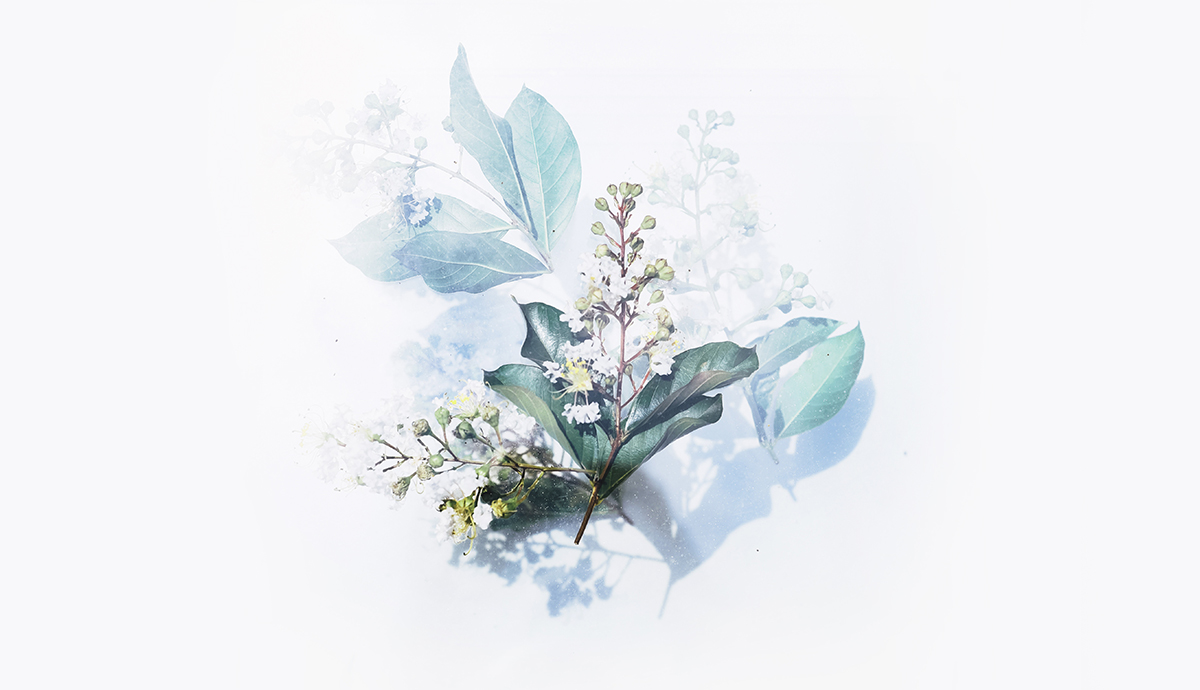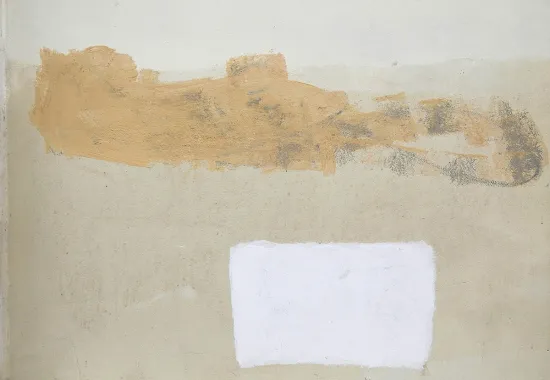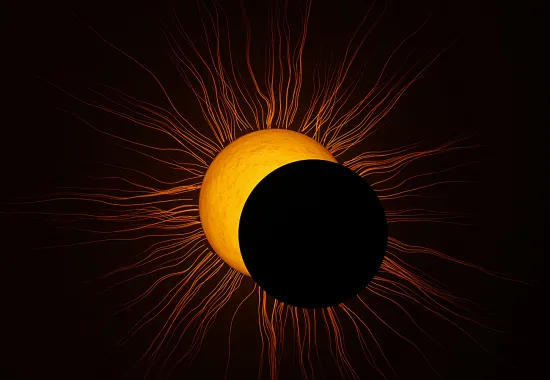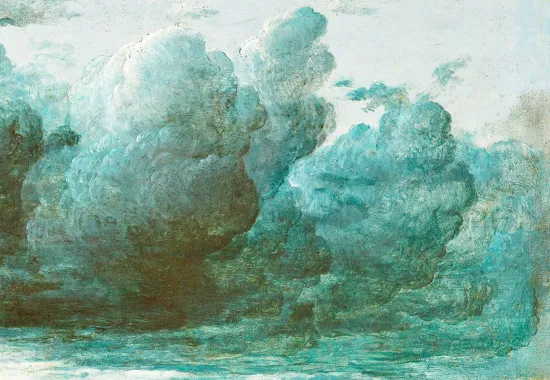Authorial Intentionality and the Blue Delphinium
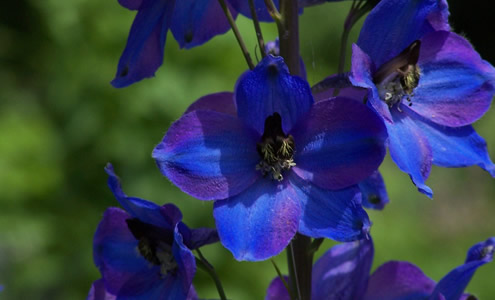
We who are poets know that the reason for a poem is not disclosed until after the poem exists.
—Thomas Merton
TO HISTORY—
You will not remember me.
And I will not remember you.
So while we are keeping company,
please note the blue delphinium
climbing past the window.
When this poem was selected as a finalist for the 2016 NAR’s James Hearst Poetry Prize, I shared the good news with a dear friend who happens to be a poet and academic; a product of a literary education, whose response was simply, “Why delphinium?”
I replied that the sound of the flower-word suggested to me both delicacy (del) and fullness (phinium.) A blue delphinium (as distinct from various shades of plum, pink or white,) reminded me of the blueness of Whitman’s lilac, associated with brotherly love. The truth is, I was attracted to the sound of the word, its shape, just as I was attracted to the flower itself, to its vulnerable silky petals.
Troubled with my hasty reply, a few days later I returned to the poem. My speaker addres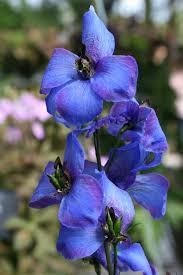 ses the human concept of history as one would a companion. By the second line, it’s clear we’re done with each other, and that would be enough, but there’s this nagging Other, “the blue delphinium/ climbing past the window.”
ses the human concept of history as one would a companion. By the second line, it’s clear we’re done with each other, and that would be enough, but there’s this nagging Other, “the blue delphinium/ climbing past the window.”
It never occurred to me that the nectary of the delphinium is shaped like a dolphin until I looked up its etymology, (Gk. delphis=dolphin,) or anything suggesting Delphic oratory, or Delphic allusion, or that Delphinium was once a city defeated by the Lacedaemonians, or that the flower is poisonous and at the same time, is said to symbolize an open heart. It’s more than doubtful if any of these were lingering echoes from earlier reading brought to a conscious mind.
I have since learned the delphinium is the flower of the throat chakra (Vishudda) in Tantric tradition, the fifth chakra (five lines?) associated with communication (speech and hearing) and with proper meditation before sleep is said to lead to lucid dreaming. The color of this energy wheel—the throat chakra—is blue. All this was discovered after the poem’s writing, and I was beginning to wonder how much of what was unknown to me was already in the minds of NAR’s readers.
“To History—” might be seen as serving as something of a slight Ars Poetica: it is the engagement with the unknown journey of the poem-flower on its way past the all-too-brief window of human perception. That engagement is everything to the poet. It is the reason why we might take any interest in the world at all. The poet is taken from the determined biological path (birth, procreation, death, the quotidian realities) on the Grand Detour. The life of a poet may be seen as one of detours. The exploration and the connection of them is a life’s work.
Until recently, it was generally thought that for a poet to discuss the meaning of one’s poems would limit meaning. The more interpretations, the better. Seeds in the wind. But in this case, meaning arrived as a result of having written the thing. I do not find the meanings of poems in their analyses, but for their existence; it is how I learn their reasons. I do not know the sources of the poem’s substance any more than I know the source of its flower, which is the poem’s center.
I have written many poems that no longer speak to me, but for the few that return, for those that show their transformations, I continue the conversation, learning what was unknown to me before. It must be so for other poets; a bow drawn across the common human vessel.
Michael Gessner has authored 11 books of poetry, essays, and fiction. The most recent titles (to appear in 2016) are The Writers' Circle and Other Stories, and Selected Poems. He lives in Tucson. More information may be found at http://www.pw.org/content/michael_gessner
Recommended
Mercy
Eclipsing
Psychic Numbing


